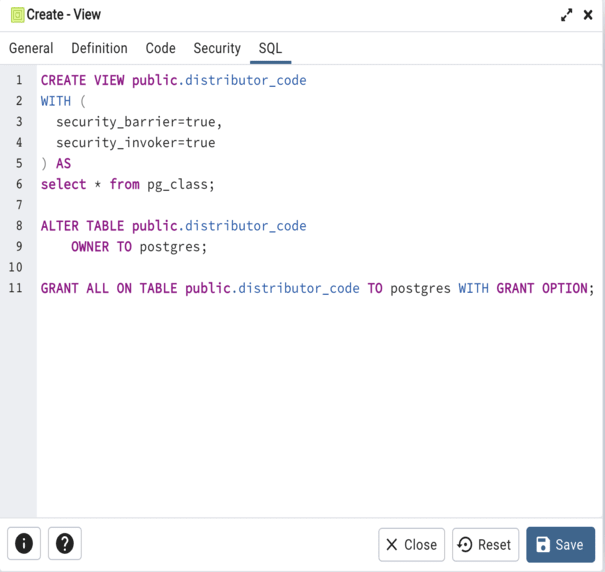

They are not truly for customer usage, as they are less easily read than the logs recorded in the Log folder within the Sense directory. Please keep in mind, however, that the true purpose for centralized logging is for the Qlik Sense monitoring applications to read from them. To modify the content of a table, each row in the table must be uniquely identifiable. When the context menu opens, use the View/Edit Data menu to specify the number of rows you would like to display in the editor panel. Once the logs load, a new window will appear, showing the logger and the specific log messages To view or modify data, right click on a table or view name in the Browser tree control.This will take quite a few minutes to load, so do not click on the screen as to avoid the pgAdmin tool from stalling.Right-click on "log_entries" and choose "View All Rows".Expand "Schemas", then "Public", then "Tables".Once connected, expand "Databases", and then expand the centralized logging database called "QLogs".Follow Articles Installing and Configuring PGAdmin 4 to access the PostgreSQL database used by Qlik Sense or NPrinti. which provide instructions on how to access the Qlik database using the pgAdmin tool.about the CREATE FUNCTION command, see the PostgreSQL core documentation available at.
POSTGRES FUNCTION HOW TO VIEW FROM PGADMIN 4 CODE
Third, enter the above code int the query tool and click the Execute button to create the get_film_count function.If you set up Centralized Logging in a newer version of Qlik Sense, this article explains how to access the new centralized logging Postgre database and its logs. Use the Name field to add a descriptive name for the function. Second, open the query tool by selecting Tools > Query Tool. To execute the create function statement, you can use any PostgreSQL client tool including psql and pgAdmin 1) Creating a function using pgAdminįirst, launch the pgAdmin tool and connect to the dvdrental sample database.

At the end of the block, use the return statement to return the film_count.

In the declaration section, declare a variable called film_count that stores the number of films selected from the film table.Between these $$, you can place a block that contains the declaration and logic of the function. Use the dollar-quoted string constant syntax that starts with $$ and ends with $$.Finally, the language of the function is plpgsql indicated by the language plpgsql.Third, the get_film_count function returns an integer specified by the returns int clause.Second, the get_film_count() function accepts two parameters len_from and len_to with the integer datatype.First, the name of the function is get_film_count that follows the create function keywords.The function get_film_count has two main sections: header and body. $$ Code language: PostgreSQL SQL dialect and PL/pgSQL ( pgsql ) Where length between len_from and len_to The following statement creates a function that counts the films whose length between the len_from and len_to parameters:Ĭreate function get_film_count(len_from int, len_to int) We’ll use the film table from the dvdrental sample database. PostgreSQL Create Function statement examples Finally, place a block in the dollar-quoted string constant.Note that PostgreSQL supports many procedural languages, not just plpgsql. After that, use the language plpgsql to specify the procedural language of the function.Next, specify the datatype of the returned value after the returns keyword.A function can have zero or many parameters. Then, specify the function parameter list surrounded by parentheses after the function name.If you want to replace the existing function, you can use the or replace keywords. First, specify the name of the function after the create function keywords.$$ declare - variable declaration begin - logic end Create function function_name(param_list)



 0 kommentar(er)
0 kommentar(er)
